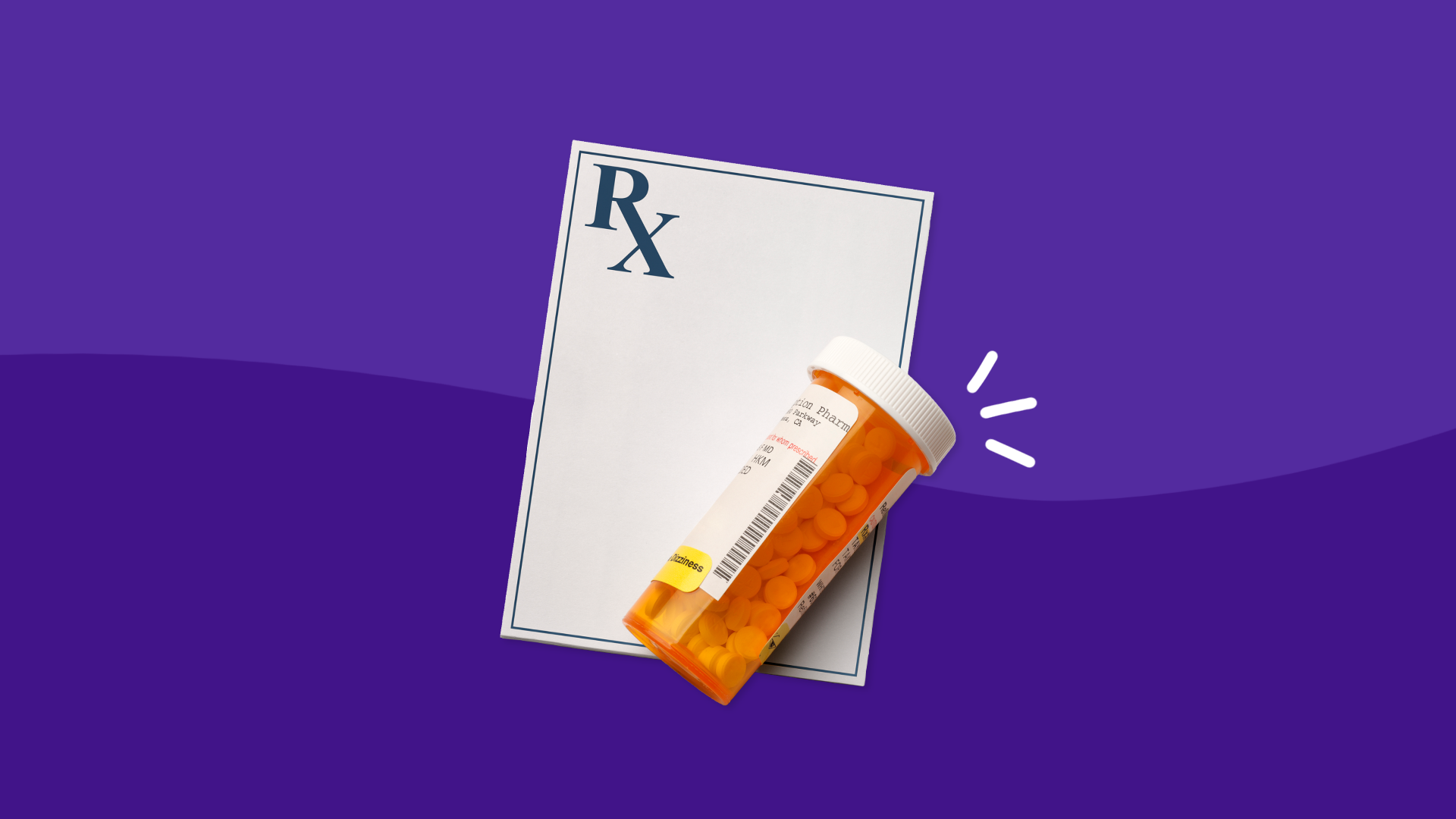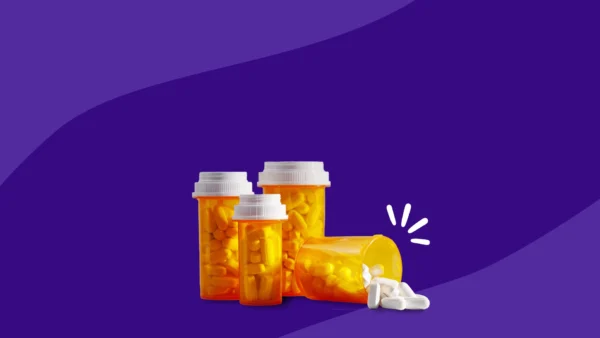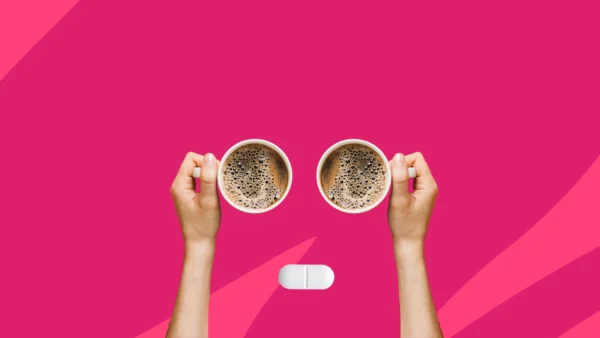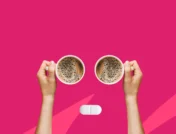Novolog side effects | Serious side effects | Hypoglycemia | Weight gain | How long do side effects last? | Warnings | Interactions | How to avoid side effects | Resources
Novolog is a brand-name, fast-acting insulin that helps reduce mealtime blood sugar spikes in people with diabetes mellitus. The active ingredient in Novolog, insulin aspart, is a manmade insulin analog that works faster and for a shorter duration than regular human insulin. Most people taking Novolog may also be prescribed a long-acting insulin to maintain fasting blood sugar levels throughout the day.
All insulins, from rapid-acting to long-acting insulins, have side effects. Some side effects, like low blood sugar (hypoglycemia), are common in people who are taking insulin. Knowing what side effects to expect, what pre-existing conditions might cause problems, and potential drug interactions can help people avoid problems during insulin treatment.
RELATED: Learn more about Novolog
Common side effects of Novolog
The most common side effects of Novolog are:
- Hypoglycemia
- Headache
- Nausea
- Diarrhea
- Injection site reactions, such as redness or swelling
- Urinary tract infection
- Chest pain
- Abdominal pain
- Sinusitis
- Sensory disturbances
- Slowed reflexes
- Swelling in the arms or legs (peripheral edema)
- Weight gain
Serious side effects of Novolog
The most serious side effects of Novolog are
- Severe hypoglycemia
- Low potassium levels (hypokalemia)
- Severe allergic reactions, including anaphylaxis
Novolog and hypoglycemia
Hypoglycemia (defined as less than 70 milligrams of glucose per deciliter of blood) is the most common side effect of insulin treatment. Most people taking insulin products like Novolog can reasonably expect to experience low blood sugar at some point during treatment, even if it is a mild case. Studies show that around 75% of people taking insulin for Type 1 diabetes and over 50% of people taking insulin for Type 2 diabetes may experience at least one incident of hypoglycemia in a given year.
Severe hypoglycemia is a serious and potentially life-threatening complication of insulin therapy that will require immediate medical attention. Even mild hypoglycemia can have serious consequences if ignored. Low blood sugar levels can impair concentration and reduce reaction time, putting people at risk for accidental injury, particularly if they’re driving or operating machinery.
A number of factors can raise the risk of hypoglycemia: the type of insulin used, the timing of injections, the use of antidiabetic medications, and changes in physical activity, diet, or injection sites. The first way to manage hypoglycemia is to be aware of the signs of low blood sugar. People who are prescribed Novolog should recognize hypoglycemia symptoms, test their blood sugar regularly, and understand how to fix low blood sugar.
Novolog and weight gain
Weight gain is a possible side effect of insulin treatment, and there may be a number of reasons why this may happen. People taking insulin may experience increased appetite, for example. Insulin normally transports glucose from food into the body’s cells to be used for energy. However, if more calories are eaten than burned off, there may be excess glucose for the cells to use. This excess glucose may be converted into fat.
There are ways to control weight gain while on insulin. The most practical way to manage weight is to eat an appropriate diet and stay consistent with physical activity. Your healthcare provider or nutritionist can help design a dietary plan for you to follow while taking insulin. The American Diabetes Association recommends 150 minutes of moderate-intensity exercise each week, and these minutes can be split up across different days. For example, you might choose to go for a brisk walk for 30 minutes during the workweek. In order to manage weight, a doctor may also prescribe appetite-suppressing drugs, such as Victoza (liraglutide), or oral antidiabetic medications, such as Glucophage (metformin).
How long do side effects last?
Side effects are generally mild and temporary when using Novolog as prescribed. Novolog provides peak blood sugar-lowering effects within one to three hours, and the blood sugar-lowering effects generally last for three to five hours. The duration of side effects associated with hypoglycemia will depend on the amount of insulin taken, blood sugar levels, and the severity of symptoms. The use of other insulins or antidiabetic medications can also affect the incidence and severity of hypoglycemia. Some side effects, such as weight gain, severe hypersensitivity reactions, and skin changes, may take days to months to resolve.
Novolog contraindications & warnings
Insulin is a life-saving medication that may cause problems in certain people. Some people may be at a higher risk of complications and side effects than others.
Abuse and dependence
Insulin products, such as Novolog, do not cause physical dependence or withdrawal symptoms. Insulin is not abused as a recreational drug.
Overdose
An overdose of Novolog could lead to hypoglycemia and hypokalemia. Depending on the dose of insulin given, the effects of an overdose could be minor and readily corrected. However, if the dose is large enough, Novolog could cause potentially life-threatening hypoglycemia that will require immediate treatment. People who are taking Novolog may be prescribed a glucagon kit to administer if blood sugar levels get too low. If not, emergency medical treatment may be warranted.
Restrictions
Hypoglycemia, hypokalemia, and severe allergic reactions are the most serious side effects when taking Novolog. People with allergies to insulin aspart should not use Novolog. In addition, people who are experiencing hypoglycemia or hypokalemia should avoid the use of Novolog.
Some pre-existing conditions increase the risk of hypoglycemia when taking insulin. These conditions include kidney or liver problems. Illness, infection, or high stress levels can also alter blood sugar levels. Increased glucose monitoring and more frequent Novolog dose adjustments may be required in people at risk of hypoglycemia.
People with vision problems who are taking insulin may be at an increased risk of medication errors, such as injecting the wrong insulin or getting the dose wrong. If visual impairment is severe enough, it may be safer for insulin injections to be administered by a caregiver.
Pregnancy and nursing
The FDA has approved Novolog to treat gestational diabetes, so healthcare providers may prescribe Novolog to pregnant women. Clinical studies on the safety of insulin aspart have only focused on the second trimester, but both clinical experience and animal studies have shown no evidence that insulin aspart harms the fetus, causes birth defects, or affects pregnancy.
Novolog is prescribed to women who are breastfeeding. Because there are no studies on the presence of insulin aspart in human milk or its effects on a nursing infant, women should get medical advice from a healthcare professional before taking Novolog while breastfeeding.
Children
Novolog is FDA-approved to treat children as young as 2 years of age for Type 1 diabetes. Although some healthcare providers may prescribe Novolog off-label to children with Type 2 diabetes, Novolog has not been determined as safe and effective for treating Type 2 diabetes in children.
Seniors
In clinical trials, Novolog was effective in adults of all ages. Adults older than 65 may be more likely to experience hypoglycemia while taking insulin, so frequent blood sugar monitoring and dose adjustments may be necessary.
Novolog interactions
As an insulin product, Novolog’s most significant drug interactions involve drugs that affect blood sugar. In some cases, patients will have to closely monitor their blood glucose when taking other antidiabetic drugs while on insulin.
Oral antidiabetic medications are frequently combined with insulin therapy, but the addition of antidiabetic medications may increase the risk of hypoglycemia.
Thiazolidinediones (TZDs) are antidiabetic drugs that are used cautiously with insulin treatment. Also called glitazones, TZDs may cause fluid retention, especially when combined with insulin. Fluid retention could worsen heart failure.
Some types of blood pressure medications (ACE inhibitors and ARBs), salicylates (aspirin and related drugs), fluoroquinolone antibiotics, and sulfonamide antibiotics can increase insulin sensitivity, enhancing the effects of insulin therapy. Aspirin and salicylates increase insulin secretion. People taking these medications while using insulin may need to be monitored for hypoglycemia.
Some drugs such as beta-blockers or reserpine can mask the symptoms of low blood sugar, increasing the risk of severe hypoglycemia. People taking these drugs with insulin may require blood glucose monitoring.
Some drugs can elevate blood sugar levels, canceling out the benefits of insulin. These include corticosteroids, diuretics, atypical antipsychotics, birth control pills, sympathomimetic medications (such as epinephrine), female hormone therapies, and thyroid hormones. Dose adjustments may be needed to ensure that the insulin is working as it should.
Some drugs, such as alcohol, beta-blockers, clonidine, and lithium salts, can cause increased or decreased blood sugar levels.
How to avoid Novolog side effects
Insulin treatment is a life-saver for millions of people, but it may require patients to learn how to administer injections safely, monitor glucose levels, and know when to get medical help. Here are a few general tips for maximizing the benefits of Novolog insulin while avoiding problems.
1. Tell the prescribing healthcare provider about all medical conditions
The prescribing healthcare provider will need a complete medical history and be updated when anything changes. In particular, make sure the prescriber knows if you have a history of:
- Liver or kidney disease
- Pregnancy or pregnancy plans
- Breastfeeding or breastfeeding plans
They will also need to know about other drugs and supplements you may be taking. As a general rule, keep a written list of any prescription drugs, over-the-counter medications, dietary supplements, or herbal supplements you are taking. If a new drug or supplement is started, make sure both the prescriber and the pharmacist know about it.
2. Take Novolog as directed
You should only use insulin as prescribed by your healthcare provider. Follow the directions given by the prescriber and those written on the prescription label. It may also be helpful to read the patient information sheet packaged with the prescription.
3. Read the instructions
The Novolog patient information sheet contains illustrated step-by-step instructions for giving injections using a standard insulin syringe, reusable PenFill injector, Novolog FlexPen, or Novolog FlexTouch insulin pen. Read these instructions before each injection to ensure that injections are given properly, safely, and with the appropriate dose. People who are using Novolog in an insulin pump can follow illustrated instructions for filling the pump reservoir from the pump manufacturer.
4. Always check the medicine before giving an injection
Side effects, especially hypoglycemia, are frequently the result of medication errors. Always check the insulin product before giving an injection. Make sure it is the right type of insulin, whether it be a fast-acting or long-acting insulin. Check the expiration date. If it’s expired, don’t use it.
5. Choose a different injection site for each injection
Insulin users will give themselves several injections per day on their upper arms, stomach area, thighs, or buttocks. It is important to choose different areas for injections regularly. Giving injections repeatedly in one spot increases the risk of lipodystrophy (pitting or thickening of the skin) or local cutaneous amyloidosis (skin with lumps). In addition, injecting insulin into areas of the skin with lipodystrophy may increase the risk of side effects, such as hypoglycemia.
6. Eat a meal
Eat a meal within five to 10 minutes of a Novolog injection. Novolog is fast-acting, so waiting too long to eat after an injection could increase the risk of hypoglycemia.
7. Check blood sugar levels
Monitor blood glucose levels as instructed by a healthcare provider. A fingerstick test with a glucose meter can be used. Some people may decide to use a continuous blood glucose meter, especially if they are at an increased risk of insulin complications.
8. Avoid alcohol
Alcohol lowers blood sugar, raising the risk of hypoglycemia when taking insulin. If you drink alcohol, make sure to eat a small snack with it.
9. Know the symptoms of low blood sugar
Hypoglycemia is a common side effect of insulin therapy. If ignored, it could turn into a medical emergency. Be vigilant for signs of low blood sugar, such as:
- Irritability
- Anxiety
- Hunger
- Shakiness
- Fatigue
- Pale skin
- Nausea
- Sweating
- Chills
- Weakness
- Dizziness
- Confusion
- Problems with coordination
- Irregular or fast heartbeat
- Headache
- Blurred vision
- Slurred speech
10. Know when to get help
Get emergency help if you experience:
- Shortness of breath
- Swelling of the face, mouth, or throat
- Severe drowsiness, dizziness, or confusion
- Seizures
- Fainting
Resources
- Hypoglycemia: The neglected complication, Indian Journal of Endocrinology and Metabolism
- Insulin aspart rDNA origin drug summary, Prescriber’s Digital Reference
- Insulin-associated weight gain in diabetes—causes, effects and coping strategies, Diabetes, Obesity, & Metabolism
- Insulin therapy in dogs and cats, DVM360
- Novolog, Epocrates
- Novolog prescribing information, U.S. National Library of Medicine
- Rates and predictors of hypoglycaemia in 27 585 people from 24 countries with insulin-treated Type 1 and Type 2 diabetes: the global HAT study, Diabetes, Obesity, & Metabolism
- Real-world crude incidence of hypoglycemia in adults with diabetes: Results of the InHypo-DM Study, Canada, BMJ Open Diabetes Research & Care











